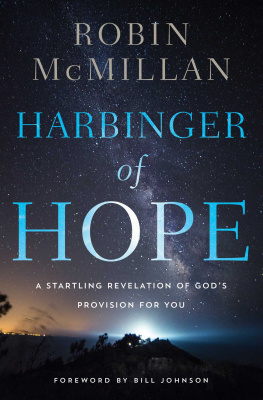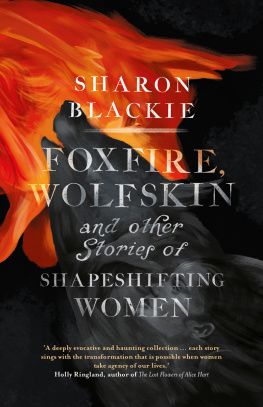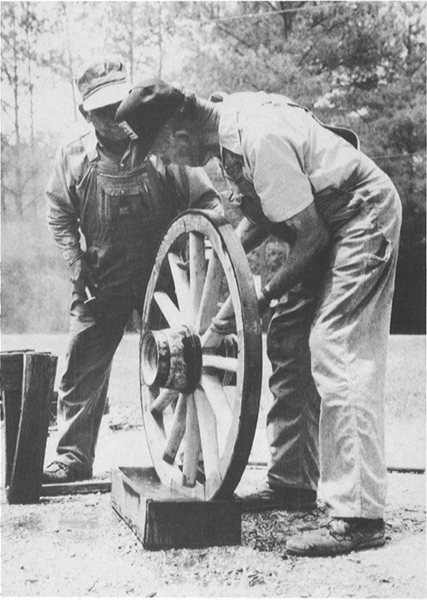INTRODUCTION
T his new volume, published at the conclusion of our twentieth year of work in the Rabun County schools, also concludes the numbered Doubleday series, and in so doing now allows us to explore a whole range of new publishing possibilities with our students.
The reasons for bringing this particular series to an end are numerous and have nothing to do with failure, exhaustion, or an end of subjects to research. In fact, exactly the opposite is true: seven million books in print to date is not failure, our energy level has only rarely been higher, and the number of new projects outlined and stacked in chaotic piles on my desk and on the floor around it is an unending source of frustration. I am being buried alive by great ideas.
The latter is the essence of the problem. Let me back up for a moment, though, and give you the full picture, for as a person who is presumably interested in our work, you deserve a fuller explanation. Whats happening?
First, many of our early readers have lost track of us. Reviewers can find little new to say about the series and so they do not review the new volumes; bookstores, therefore, devote less shelf space to them since fewer people know they exist and request them (and when bookstores stock two or three copies of each of the titles, they have made a major investment in space that they could more profitably give to current bestsellers); and consequently I keep running into people who say, The Foxfire series is wonderful. I have all three of your books. Despite that fact, thousands of you still manage to track down each new volume when it appears, and sales of each are still in figures that most authors would envy, but the handwriting is clearly on the wall. Foxfire 26?
Second, and even more to the point, is the fact that the format of the series has become confining. Physically, the size and shape of the books, the number of pages, the paper stock, and the black-and-white illustrations all serve to limit the style of presentation of many of the topics we present. In addition, the fact that traditionally there is a range of topics presented in each volume frequently causes each topic to be treated in less depth than it deserves; and it means that if a reader is interested only in folk pottery, for example, and thus buys Foxfire 8, he must also pay for chapters on chicken fighting and mule swapping, like it or not. It all comes with the package.
Finally, the narrow focus of the numbered volumes, with their emphasis on material culture and traditional customs of the immediate region, has precluded our being able to give quality time and energy to a number of other areas we would like to allow our students to explore. The pressures of collecting the information for the next volume in the numbered series have kept us from those endeavors; one of several unfortunate results is that we have run the risk of giving you a very one-sided portrait of the Appalachian region itself, a portrait that we know has led some readers to believe that our region is stilleven in 1986a geographical and cultural cul-de-sac peopled entirely by human artifacts of a different place and time. A living museum, if you will, or a quaint anachronism from which cable TV and satellite dishes and personal computers and Pizza Huts and even college educations have all been banned. (You may find it interesting in passing to note that a few hundred yards beyond Edwin Meaderss pottery kiln is the new home and studio of Xavier Roberts, the young mountain man who created the Cabbage Patch Kids and Furskins bears and was born and raised within shouting distance of his present house. Yes, we too are part of the twentieth century.)
So what is next? Four years ago, anticipating this moment, we began our own publishing house, Foxfire Press, through which we have presented a new series of books that are distributed nationally by E. P. Dutton. Like the numbered series, this one also documents our traditional culture, and our high school students are completely involved in its creation. Unlike the numbered series, however, each book features a single topic, and each has a distinctive size, shape, design, and feel. The results of a questionnaire distributed to every subscriber to our magazine, Foxfire, helped us determine our master list of topicsinitiated in the magazine and the Doubleday volumeswhich readers wanted to see treated in greater depth. Published every fall at the rate of one book per year, each book in the new series also contains a response card, which readers can use not only to comment on the new book but also to make suggestions for future volumes.
The inaugural volume, published in 1983, was completely devoted to Aunt Arie Carpenter. Containing material gleaned from years of tape-recorded conversations and scores of photographs, it stands today, I think, as the warmest, most human book we have ever published. Others shared that view, for shortly after its publication it won a Christopher Award.
Aunt Arie: A Foxfire Portrait was followed by a fat cookbook of traditional recipes and foodways that included interviews with some of the men and women who contributed the information. It was runner-up in the French Companys Tastemaker competition for the best cookbook published in 1984. The next fall the Foxfire Book of Toys and Games appeared, and it was immediately chosen as one of the offerings of the Better Homes and Gardens book club, and six weeks after publication it went into a second printing.
The Dutton series, therefore, is off to an auspicious start with strong acceptance of the first three volumes, and three more volumes, all requested by readers, are being researched and created by teams of students at this moment.
At the same time we are experimenting with some five other types of books, most of which would be published and distributed through Foxfire Press itself rather than through a national publishing house. They include:







